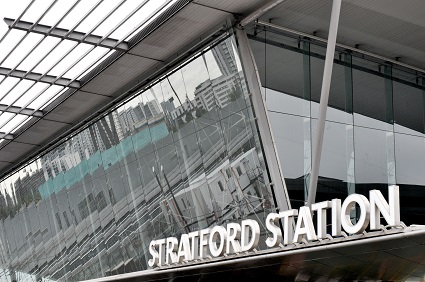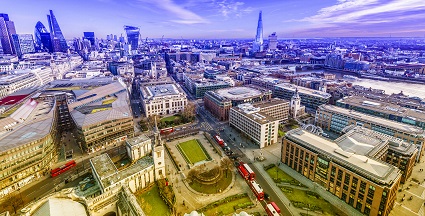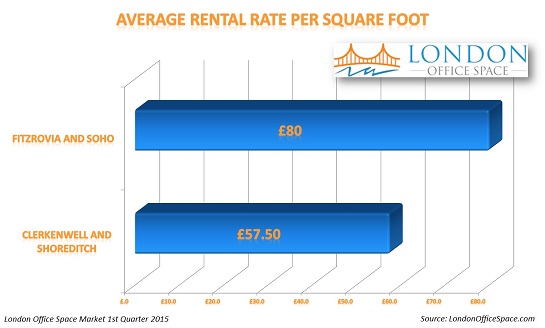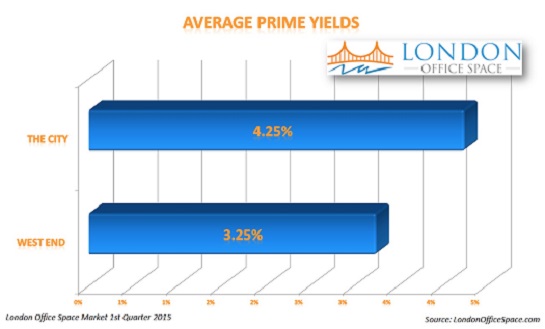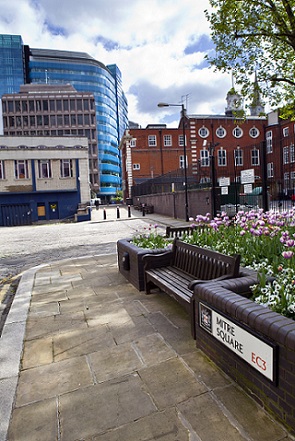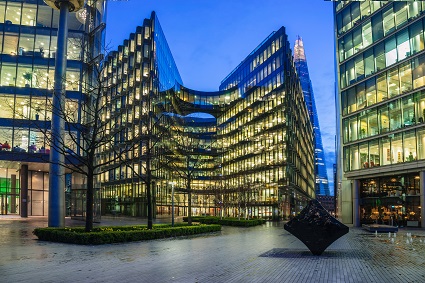The London office property market has cemented its position in top place among a host of prestigious global property markets for the third year running.Throughout 2014, several indicators suggested that the average cost of office floor space in the capital was rapidly rising. Take up rates rose consistently during 2014, and so did the level of transactions and the amount of office space under offer. This year, London has consolidated its position as the most expensive office market at international level, ahead of key global players like New York or Hong Kong. Take a look at the details behind the stellar performance of the London office property market.
London: The world’s most expensive location for office space
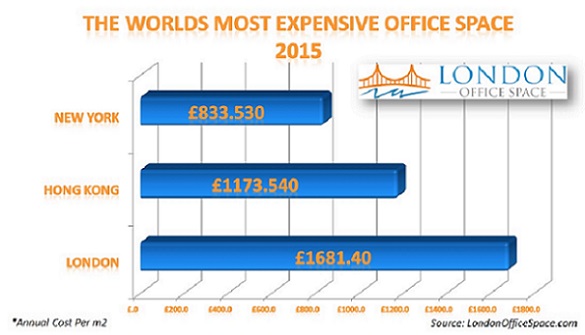
A recently released Cushman and Wakefield study entitled ‘Office Space Across the World’ published a comparison of rental costs between some of the world’s most desirable office locations, which in addition to London included New York, Hong Kong, Paris, Sydney, and Tokyo. London came in top place as the world’s most expensive office market for three consecutive years. Over the past year, average office rental values in the city have increased by 4.6 per cent. The cost of office floor space in London is still far from returning to pre-recession values, as it remains 13% per cent lower than its 2007 values, but market analysts predict that the current trends are here to stay. As the availability of office space continues to decline, prices will rise even further throughout 2015 and beyond.
The main reason behind this upward trend is the ever-shrinking gap between supply and demand. London’s reputation as a global business centre attracts both entrepreneurs and experienced business owners to the British capital, and the effect of unwavering demand on the commercial real estate market is obvious. In the West End, supply has been dwindling since 2007, and currently vacancy rates hover around 3 per cent. This has allowed landlords to rise prices accordingly, pushing average costs to a new record high of £1,681.40/ m2 per year. To put this figure into perspective, consider the average costs of prime office space in the world’s second and third most expensive locations. In Hong Kong, office space in the central business districts averages £1,173.54 / m2 per year, whereas in New York average costs are in the region of £833.53/ m2 per year. Increasing costs seem to be a global trend, since during the past year office rental values have grown by an average of 7 per cent across the major global office markets. Continue reading “London in top place as the world’s most expensive office market” →
 Relocating an office or company to a different area or larger premises is an exciting prospect which can bring about new business relationships and increased opportunities. It can also be a lengthy and costly process, as well as a stressful moment in a company’s life for employers and employees. There are a range of considerations that must be considered when moving to a new office, from legal responsibilities to design and layout considerations to employee well-being and relations.
Relocating an office or company to a different area or larger premises is an exciting prospect which can bring about new business relationships and increased opportunities. It can also be a lengthy and costly process, as well as a stressful moment in a company’s life for employers and employees. There are a range of considerations that must be considered when moving to a new office, from legal responsibilities to design and layout considerations to employee well-being and relations.
